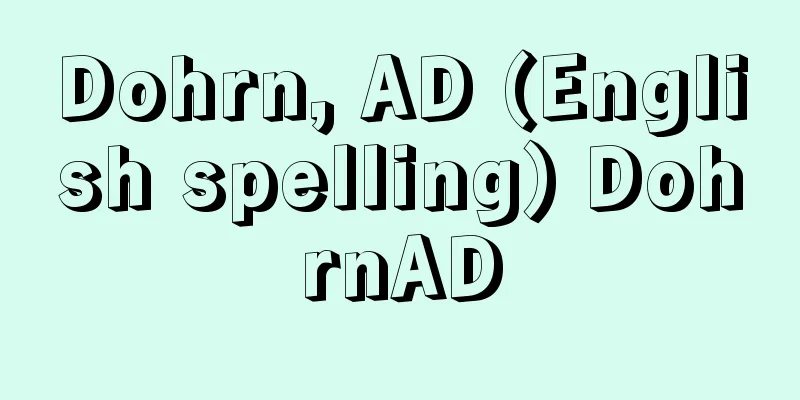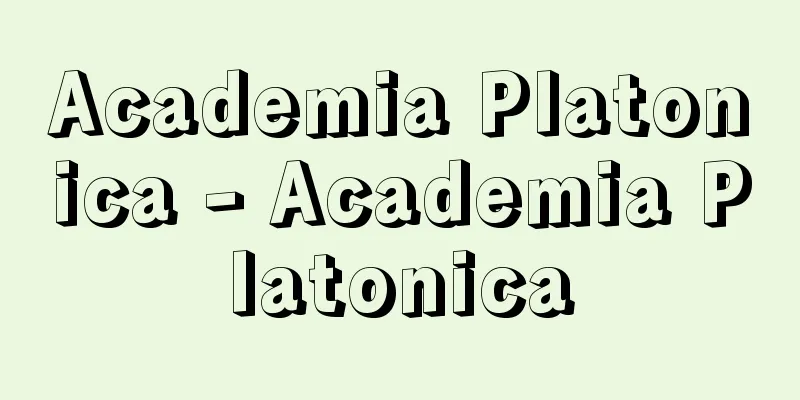Bugaku mask

|
Masks used in Bugaku. All dance music using masks was introduced from China and is not used in Japanese music. Pieces using masks include Ryo-o, Ko-ju, Ni-no-mai, Fu-so-ro, San-ju, Gen-joraku, Batou, So-mo-sha, Shin-tori-so, Tai-soutoku, Kitoku, Ko-toku-raku, Kon-ron-hassen, Nasori, O-nin-tei, Ayagiri, Chi-kyu, and others, and the names of the pieces are the names of the masks. Among these, there are pieces that use multiple masks with different features, such as "Ninomai" which uses two types of masks, the Emimen (old man) and the Haremen (old woman), "Kitoku" which uses the Takatoku Koiguchi and Takatoku Banko masks in addition to the Shinmoku mask with a high nose, and "Kutokugaku" which uses the Kotoku Kanbai and Kotoku Heishitori masks in addition to the long-nosed masks. Also, "Ama" and "Sorico" use Zomen (miscellaneous masks) made of cardboard with stylized eyes and noses. Examples of such special masks include the Fusakumen masks of the Nara period, which have eyes, noses and mouths drawn on cloth with ink, and the Shirofumen masks worn by Shinto priests during Shinto rituals in the Heian period. While there are a few surviving Bugaku masks from the Nara period, their heyday was from the mid-Heian period through the Kamakura period, with particularly excellent examples being those handed down in large shrines and temples during the Heian period, such as Horyu-ji Temple, Todai-ji Temple, and Tamukeyama Shrine in the 10th and 11th centuries, and Kasuga Taisha Shrine and Itsukushima Shrine in the 12th century. Furthermore, with the exception of the dry lacquer masks from the Nara period, all other surviving examples are made of wood and are richly colored. Some of the masks, such as Ryo-o, Nasori, and Kotoku-gaku, feature special craftsmanship such as moving eyes and a hanging jaw. It is also noteworthy that, looking at documents and materials, the majority of Bugaku mask makers from the Heian to Kamakura periods were Buddhist sculptors. [Kaneko Hiroaki] "Japanese Art 62: Bugaku Masks" edited by Kyotaro Nishikawa (1971, Shibundo) Source: Shogakukan Encyclopedia Nipponica About Encyclopedia Nipponica Information | Legend |
|
舞楽に用いられる仮面。仮面を使用する舞楽曲はいずれも中国から伝えられたもので、日本の曲目には使われない。仮面を使う曲目には、陵王(りょうおう)、胡飲酒(こんじゅ)、二(に)ノ舞(まい)、扶桑老(さいそうろう)、散手(さんじゅ)、還城楽(げんじょうらく)、抜頭(ばとう)、蘇莫者(そまくしゃ)、新鳥蘇(しんとりそ)、退宿徳(たいそうとく)、貴徳(きとく)、胡徳楽(ことくらく)、崑崙八仙(こんろんはっせん)、納曽利(なそり)、皇仁庭(おうにんてい)、綾切(あやぎり)、地久(ちきゅう)などがあり、曲目の名がそのまま仮面の呼称になっている。これらのうちには、咲面(えみめん)(老爺(ろうや))と腫面(はれめん)(老婆)の2種を用いる『二ノ舞』、鼻高の瞋目(しんもく)面のほかに貴徳鯉口(こいぐち)や貴徳番子(ばんこ)を使用する『貴徳』、長鼻の面のほか胡徳楽勧杯(かんばい)、胡徳楽瓶子取(へいしとり)を用いる『胡徳楽』など、異なる形相の複数の仮面を使用する曲もある。また、『安摩(あま)』と『蘇利古(そりこ)』には、厚紙に目鼻などを図案化した蔵面(ぞうめん)(雑面)が用いられる。このような特殊な仮面としては、布に目鼻口を墨で描いた奈良時代の布作面(ふさくめん)や、平安時代の神幸の際に神人がつけた白布面が類例としてあげられる。 現存する舞楽面には奈良時代のものが若干みられるが、平安時代なかばから鎌倉時代がその全盛期で、とくに平安時代、10~11世紀の法隆寺、東大寺、手向山(たむけやま)神社、12世紀の春日(かすが)大社、厳島(いつくしま)神社などの大社寺に伝存するものが、優れた作例としてあげられる。また、奈良時代の乾漆製を除けば、その他の現存作例はいずれも木製で、極彩色が施されている。なお、陵王、納曽利、胡徳楽などには動眼、吊(つ)り顎(あご)などの特殊な工作を施した例もある。また、平安から鎌倉時代の舞楽面の作家は文献や資料からみると、大部分が仏師となっていることが注目される。 [金子啓明] 『西川杏太郎編『日本の美術62 舞楽面』(1971・至文堂)』 出典 小学館 日本大百科全書(ニッポニカ)日本大百科全書(ニッポニカ)について 情報 | 凡例 |
<<: Force majeure - force majeure
Recommend
Nenan Shigusa - Nenan Shigusa
A tale of a conversation. Written by Tenjiku Ronin...
Juba
The capital of the Republic of South Sudan. It is ...
Alkali fusion
…(1) The process of causing a chemical change in ...
Even balance
A balance with a pan on each end of a beam. It is ...
Squirtle (Money Turtle) - Squirtle
The baby Japanese pond turtles sold as pets were t...
Aśvin (English spelling) Asvin
…Mithra was worshipped widely in the Roman Empire...
German Empire (English spelling) Deutsches Reich German
Germany has had two imperial systems in history. ...
First strike capability
...This was due in large part to the fact that th...
bibliophile
...People who have this hobby are called biblioph...
Ctenocephalides felis damarensis (English spelling) Ctenocephalidesfelisdamarensis
…[Okumoto Daizaburo]. … *Some of the terminology ...
Weems, ML - Weems
...As one of the founding fathers of the United S...
Tyrant
…the general term for the tyrants who appeared in...
Imperial property - Koushitsuzaisan
Property used by the Imperial Family in the countr...
seraya
…As a result of the extensive logging in the Phil...
Letter of Judgment - Saikyojo
This refers to a written judgment in a trial in t...




![Kurate [town] - Kurate](/upload/images/67cb6dc6696f7.webp)




